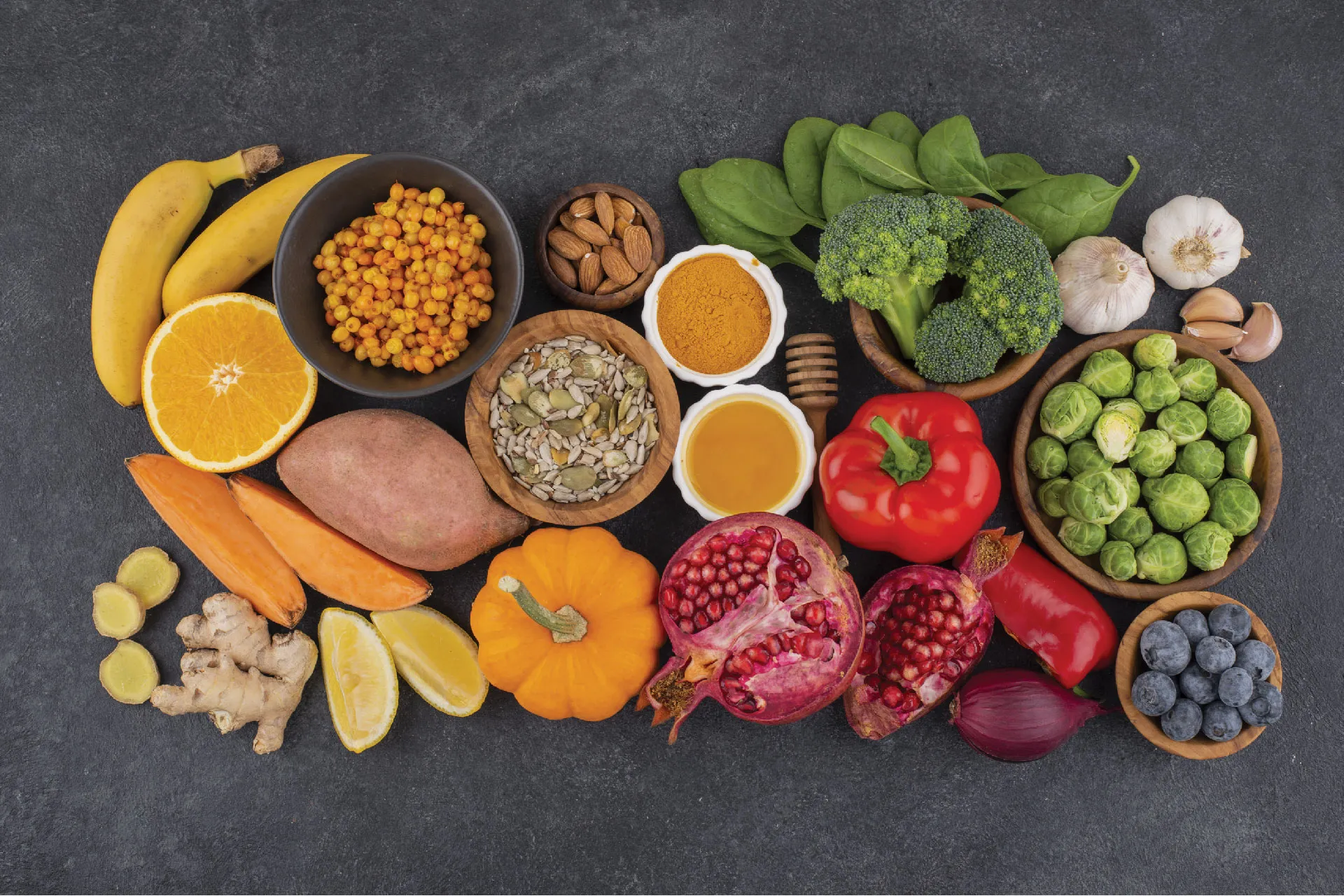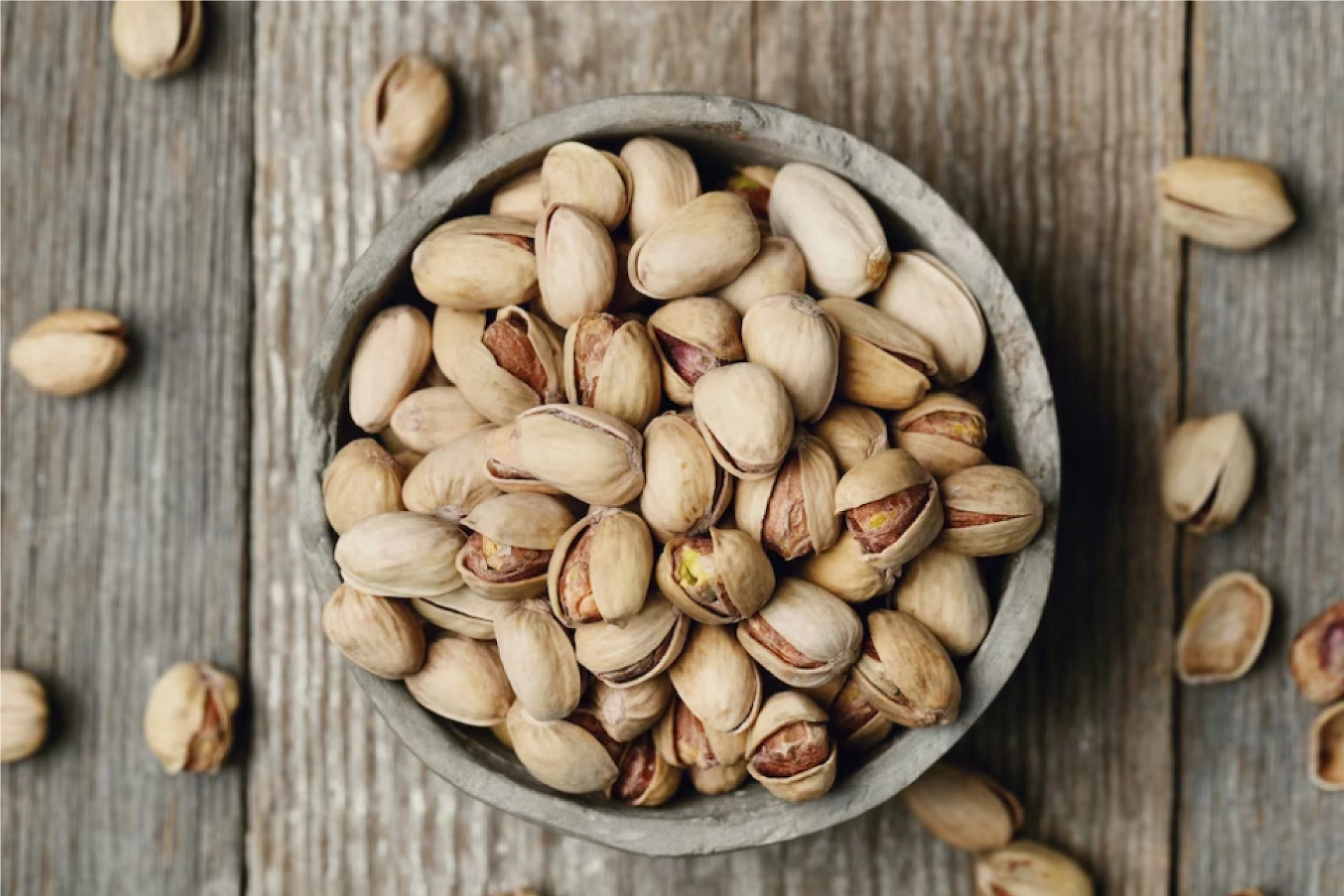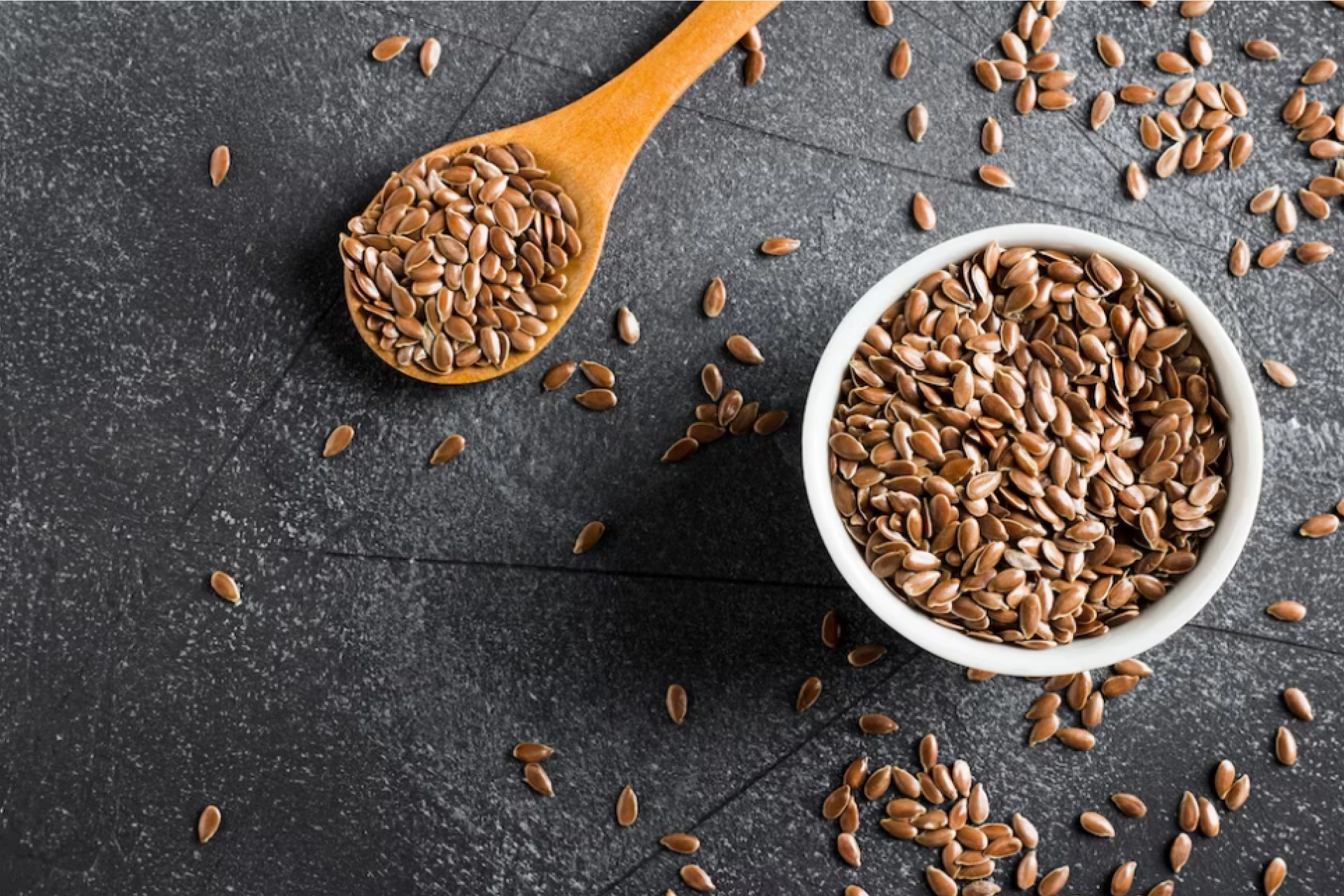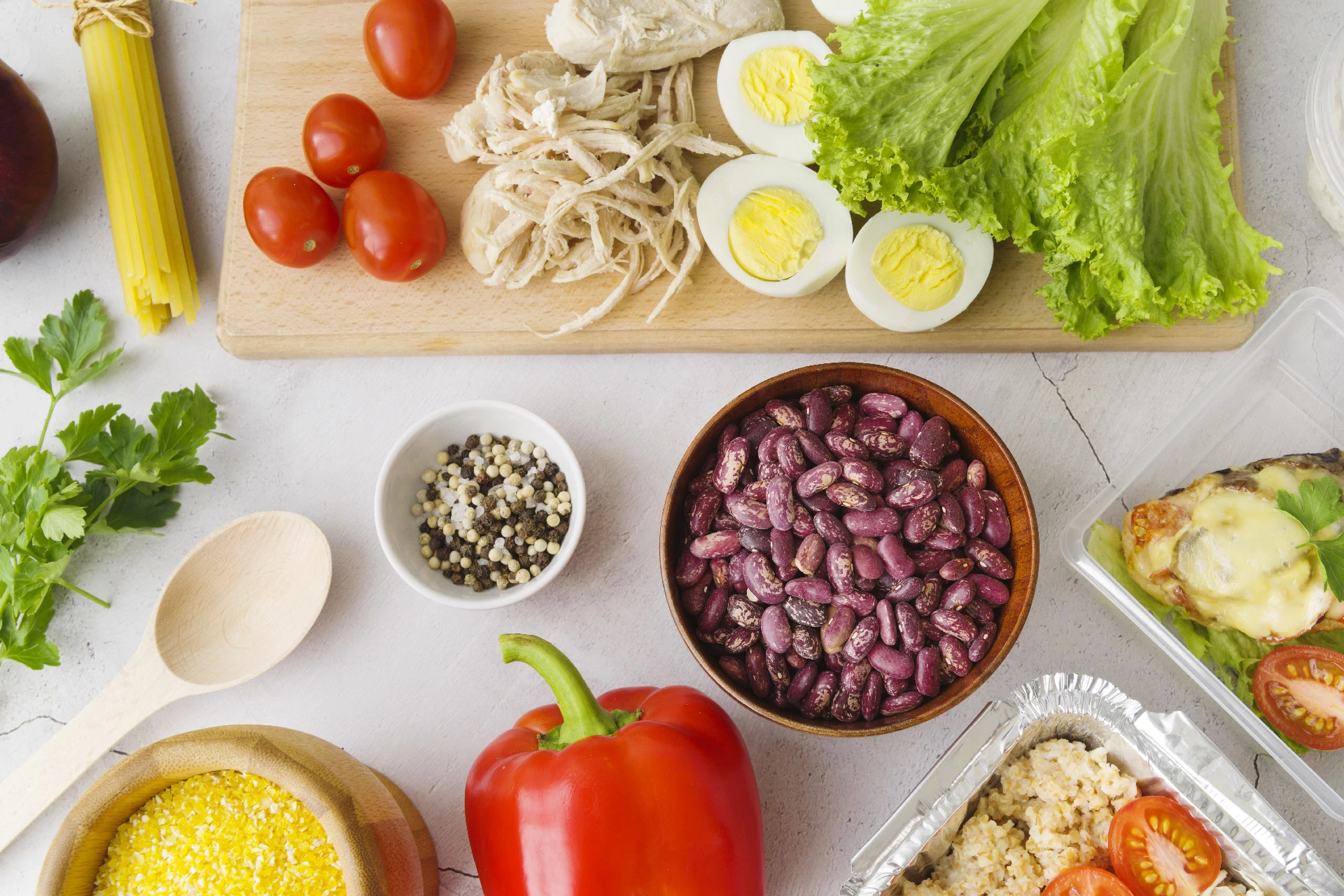Nutrition | 6 min read
Top 16 High-Protein Vegetables Ranked From Highest to Lowest
Medically reviewed by
Table of Content
Synopsis
Wondering how to sort the top high-protein vegetables from highest to lowest? Here is an easy guide for you so that you can comfortably choose among protein-rich vegetables.
Key Takeaways
- Proteins are made by chains of different types of amino acids
- Essential amino acids are produced from the foods we consume
- There are plenty of vegetarian options to meet your body’s need for protein
Regular protein intake is crucial for your body to maintain several important functions and keep your overall muscle mass intact. If you like fish and meat, options are plenty for consuming protein. However, if you are more into vegetarian dishes or a practising vegan, options are no less. In India and abroad, there are abundant high-protein vegetables available throughout the year in the market.
Apart from the source of protein in vegetables, the type of preparation also determines the total value of protein you are getting. With this in mind, it is wise to know about the options in vegetable protein-rich food to make them a part of your diet as per requirement. Read on to find out more about the top high-protein vegetables.
Need for high-protein vegetables: Why is consuming protein so important?
With its presence in every cell in the human body, protein plays a key role in the formation of life. It is responsible for making new cells and repairing old ones. Apart from that, it also contributes to the growth and development of children, young adults and expecting women.
The structure of protein consists of a chain of amino acids. Note that there are the following three types of amino acids:
- Essential
- Non-essential
- Conditional
As the body cannot produce essential amino acids, it is important to source them from the foods you eat. That doesn’t mean that every food you consume needs to have them, but make sure you maintain a balanced diet. There are nine essential amino acids - tryptophan, histidine, leucine, isoleucine, methionine, threonine, lysine, phenylalanine, and valine. The normal breakdown of proteins produces non-essential amino acids, or your body produces them from the protein-rich vegetables you consume. They include tyrosine, arginine, aspartic acid, asparagine, glutamic acid, cysteine, glycine, proline, serine, glutamine, and alanine. Finally, conditional amino acids are a few non-essential amino acids that become essential if you are ill or stressed. There are eight of them - cysteine, arginine, tyrosine, glutamine, ornithine, glycine, serine, and proline [1] [2].
Additional Read: Protein-rich foods
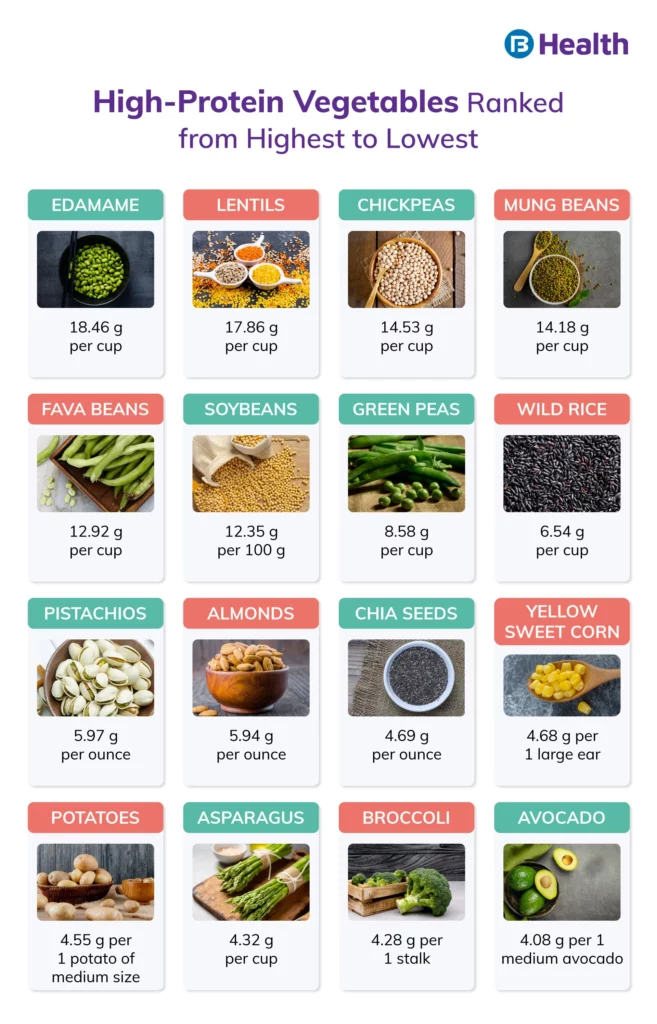
What are the top plant-based protein-rich food items?
Now, take a look at the top sources of protein in veg and the different preparations you can make with them.
Edamame
Edamame is a preparation of young soybeans in the pod. Not just protein, it is also filled with essential vitamins and minerals. You can try it in different recipes, such as crispy parmesan garlic edamame, spicy edamame, and more.
Lentils
Lentils are a type of pulse from the legume family. It is a cheap and easily available plant-based protein and takes just 15 minutes to be cooked. Among recipes, you can try four corners lentil soup, red lentil taco soup, and more.
Chickpeas
Also referred to as chhana or garbanzo beans, chickpeas are one of the prime ingredients required for the preparation of hummus, a dip having its origin in the Middle East. However, chickpeas also work fine with several other dishes thanks to their delicious flavur. Recipes you can try with chickpeas include coconut chickpea curry and crispy roasted chickpeas.
Mung beans
They are also from the legume family and are an excellent source of protein, fibre and iron. Recipes you can prepare with them include sprouted mung bean burgers, mung bean and coconut curry, and more.
Fava beans
Fava beans resemble green beans or edamame and are consumed while they are in their pods. You can prepare salads or stews with these legumes or consume them as a delicious dip.
Soya beans
As India is one of the largest producers of soya beans in the world, these legumes have become quite popular as a vegetarian food option. Popular dishes include soya bean curry, dry soya bean, soya cutlet, and more.
Green peas
Green peas are a tasty addition to different types of dishes. You can prepare it as crunchy roasted green peas, green monster veggie burgers, and more.
Wild rice
Though this grain is not linked to rice as we know it, you can still make it a part of different rice preparations. For example, include wild rice in stuffing, pilaf, soups, and casseroles, or consume it as it is. Popular recipes include creamy mushroom wild rice and wild rice pilaf.
Pistachios
Commonly known as pista, pistachios can be used in baked foods, as salad toppings and as a coating for fish delicacies. Common recipes include creamy pistachio pesto pasta, pistachio pomegranate granola, and more.
Almonds
An excellent source of protein, antioxidants, vitamin E and healthy fats, almonds are a delight for your taste buds. Consume almonds without removing the skin for maximum health benefits.
Chia seeds
Apart from being a great source of protein, these seeds also have a ton of omega-3 fatty acids, fibre and other key nutrients. Among dishes, chia seed pudding is quite popular, but you can also try chia-crusted salmon with fennel and broccoli salad.
Yellow sweet corn
Both nutritious and delicious, sweet corn is ideal for consumption throughout the year. Popular recipes include sweet corn chowder, sweet corn chat, sweet butter corn, and more.
Potatoes
It may appear surprising, but potatoes are a great protein source. Not just that, they are also packed with vitamin B6 and vitamin C. Go for red potatoes or russet to get an additional protein boost. Eat the skin, too, for maximum benefits.
Asparagus
Another treat for your taste buds, this source of protein in vegetables can be steamed, grilled or roasted. Major recipes include asparagus soup, over-roasted asparagus, and more.
Broccoli
A source of key nutrients like protein, fibre, and vitamins C and K, broccoli is one of the essential vegetables for you to consume. Popular recipes include broccoli stir fry, broccoli masala, and more.
Avocado
A popular source of multiple nutrients, avocado can be used in a pudding or smoothie. However, the most popular dish of avocado is guacamole, a type of dip originating in Mexico.
Additional Read: Celebrate World Vegetarian Day by having protein-rich food
Conclusion
You can comfortably meet your daily protein requirements with all these high-protein vegetables in your diet. You can resort to high-protein vegetables for weight loss and several other health benefits. If you have any diet restrictions, book an online appointment with a nutritionist on Bajaj Finserv Health about what high-protein diet you can follow. Apart from nutritionists, different types of specialists are available on the platform for consultation: general physician, cardiologist, psychologist, oncologist, neurologist, and more. Take one step towards health consciousness to ensure years of a happy and healthy life!
FAQs
What are the sources of protein in veg?
The protein sources among vegetables include chickpeas, edamame, fava beans, lentils, green peas, wild rice, mung beans, almonds, asparagus, potatoes, chia seeds, pistachios, avocado, yellow sweet corn, broccoli, and more.
Is there any restriction on consuming high-protein vegetables?
Usually, there are no such restrictions. However, if you have any particular health condition, consult a doctor to understand which high-protein vegetables will suit your health.
References
- https://medlineplus.gov/ency/article/002467.htm
- https://medlineplus.gov/ency/article/002222.htm#:~:text=The%209%20essential%20amino%20acids,threonine%2C%20tryptophan%2C%20and%20valine.
Disclaimer
Please note that this article is solely meant for informational purposes and Bajaj Finserv Health Limited (“BFHL”) does not shoulder any responsibility of the views/advice/information expressed/given by the writer/reviewer/originator. This article should not be considered as a substitute for any medical advice, diagnosis or treatment. Always consult with your trusted physician/qualified healthcare professional to evaluate your medical condition. The above article has been reviewed by a qualified doctor and BFHL is not responsible for any damages for any information or services provided by any third party.
